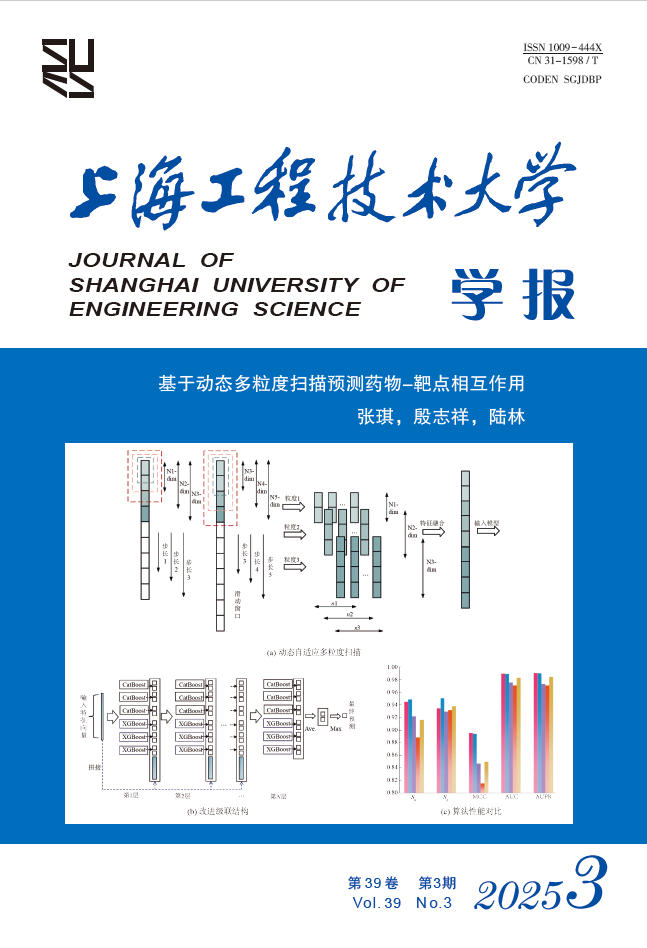2024 Vol. 38, No. 2
Display Method:
2024, 38(2): 111-117.
doi: 10.12299/jsues.23-0173
Abstract:
2024, 38(2): 118-122.
doi: 10.12299/jsues.23-0158
Abstract:
2024, 38(2): 123-131.
doi: 10.12299/jsues.23-0164
Abstract:
2024, 38(2): 132-138, 204.
doi: 10.12299/jsues.23-0184
Abstract:
2024, 38(2): 139-145.
doi: 10.12299/jsues.23-0172
Abstract:
2024, 38(2): 146-152.
doi: 10.12299/jsues.24-0144
Abstract:
2024, 38(2): 153-157.
doi: 10.12299/jsues.23-0155
Abstract:
2024, 38(2): 158-164.
doi: 10.12299/jsues.23-0238
Abstract:
2024, 38(2): 165-170.
doi: 10.12299/jsues.23-0178
Abstract:
2024, 38(2): 171-178.
doi: 10.12299/jsues.23-0176
Abstract:
2024, 38(2): 179-186.
doi: 10.12299/jsues.23-0181
Abstract:
2024, 38(2): 187-195.
doi: 10.12299/jsues.23-0187
Abstract:
2024, 38(2): 205-211.
doi: 10.12299/jsues.23-0161
Abstract:
2024, 38(2): 218-222.
doi: 10.12299/jsues.23-0133
Abstract:
2024, 38(2): 223-230.
doi: 10.12299/jsues.23-0141
Abstract:





 Email Alert
Email Alert
 RSS
RSS
